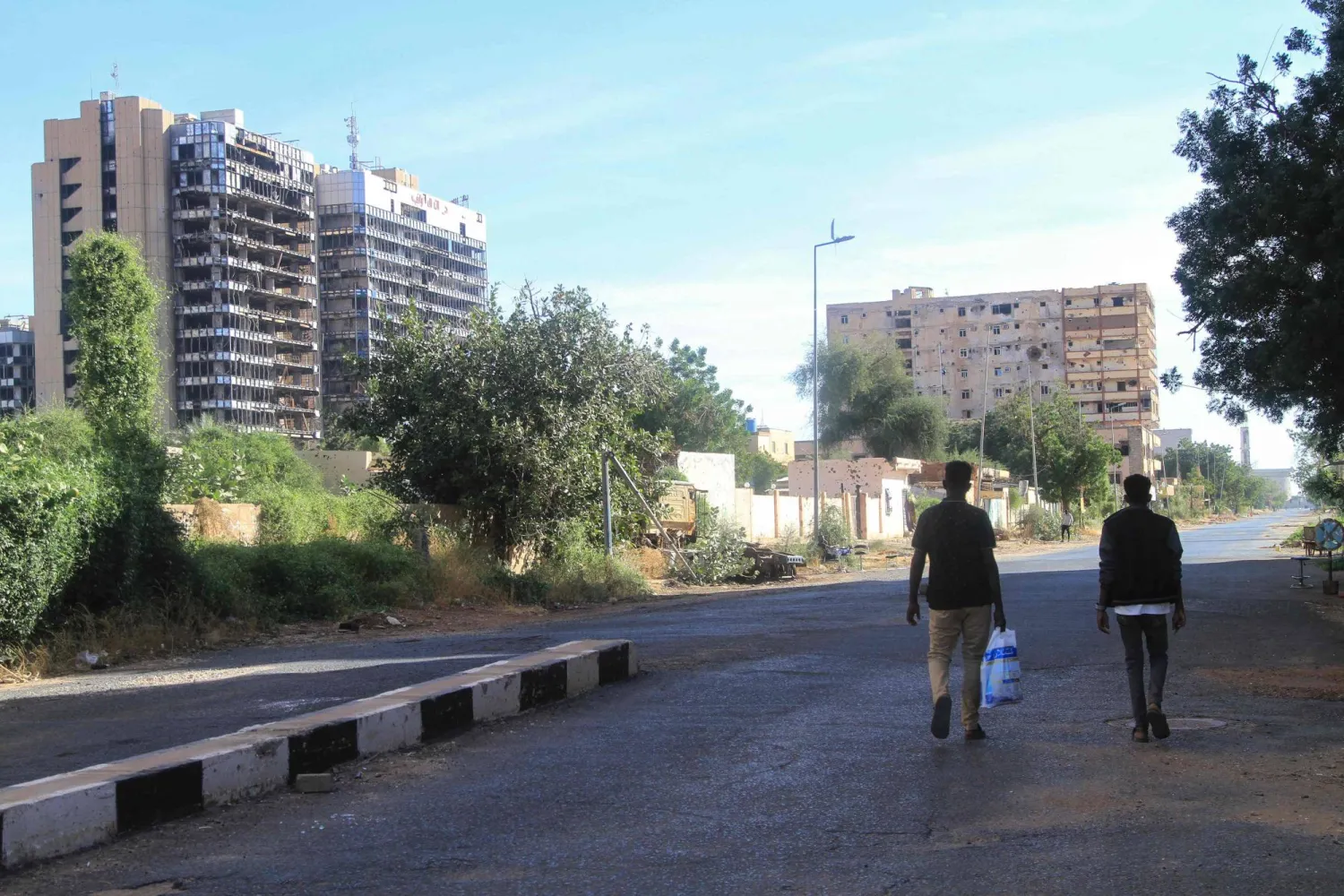Since the beginning of the war on the Gaza Strip in October, Israel has placed, among its top goals, the elimination of the Hamas movement’s leaders, including Yehya Sinwar.
Political and military officials in Tel Aviv accuse the man of planning the October 7 attack, which led to the killing of hundreds of Israelis and the captivity of nearly 240 others.
But after 8 months of continuous war and Israel excavating every house, tunnel and place in search of Sinwar, from the north of the Gaza Strip to its center, then to Khan Yunis and Rafah in its south, the occupation army has found no trace of the man except a short video showing him with his family in a tunnel, apparently at the beginning of the war in Khan Yunis, his hometown.
Israel’s pursuit of Sinwar, along with many of the political and military leaders of the Hamas movement, highlights a blatant intelligence failure. Sources in the Hamas movement in the Gaza Strip and outside it told Asharq Al-Awsat that the Israeli occupation’s inability to find him does not mean that he has cut communication with the movement’s officials.
The sources confirmed that Sinwar was constantly informed of all developments, especially with regard to the ongoing negotiations, and communicated several times with the movement’s leaders abroad, in particular during the recent negotiations on the release of hostages and on reaching a ceasefire. He also contacted the head of the movement’s political bureau, Ismail Haniyeh, to convey his condolences after Israel killed members of his family in an airstrike.
The sources added that only two or three people knew his whereabouts and provided for his various needs, as well as ensured his contact with the movement’s leaders inside Gaza and abroad.
“The occupation failed to reach many of the leaders of the first and second ranks at the political and military levels, but it tried to assassinate some of them, while others were injured...but Sinwar is not among them,” according to the sources.
Meanwhile, reports in Jewish media said that Sinwar was moving inside the remaining tunnels of the Hamas movement, without providing evidence of these claims. The Israeli army has constantly announced its success in destroying Hamas’ capabilities, including tunnels, in addition to the dismantling of the movement’s brigades in Khan Yunis and other areas in the Strip.
Asharq Al-Awsat tried to contact people close to Sinwar, including some of his relatives, to draw a better picture of the man’s personality and how he might make his decisions.
“Sinwar is thinking of two options... Either fulfilling the conditions of the resistance in stopping the war, withdrawing the occupation forces, and completing an honorable exchange deal, or obtaining the honor of martyrdom,” they said.
Regarding his character, and in response to Israeli claims that he is violent and stubborn, those close to Sinwar explain that he has a sociable personality, and often visits legal and local figures and even his neighbors, despite his preoccupations since his election as leader of the movement in the Gaza Strip.
“Contrary to what is seen by many as a very sharp personality, he often possesses a sense of humor, even during the meetings and interviews that he ran at the level of the movement’s leaders,” a person close to Sinwar told Asharq Al-Awsat.
He added: “But this does not negate that he is a leader... and was able to resolve any discussion.”
Israeli Prime Minister Benjamin Netanyahu constantly affirms his refusal to end the Gaza war in a way that gives Sinwar and Hamas the image of victory, as part of his response to criticism by political and military officials in Tel Aviv regarding the lack of a strategic plan for the day after the war, as well as the failure to reach a deal with Hamas that guarantees the release of Israeli prisoners.
Analysts believe that Israel’s failure to catch Sinwar represents a military and political problem. Hamas sources told Asharq Al-Awsat that Sinwar is aware of this fact and understands that Israel wants to kill or capture him to claim that it has won the war.
“As he has spent many years in Israeli prisons, [Sinwar] understands well how Israeli leaders think, and therefore manages many aspects of the battle politically... He is described as a stubborn negotiator, who wants to impose the Palestinian conditions, especially with regard to a full cessation of hostilities and the withdrawal of the occupation forces from the entire Gaza Strip,” the sources said.









